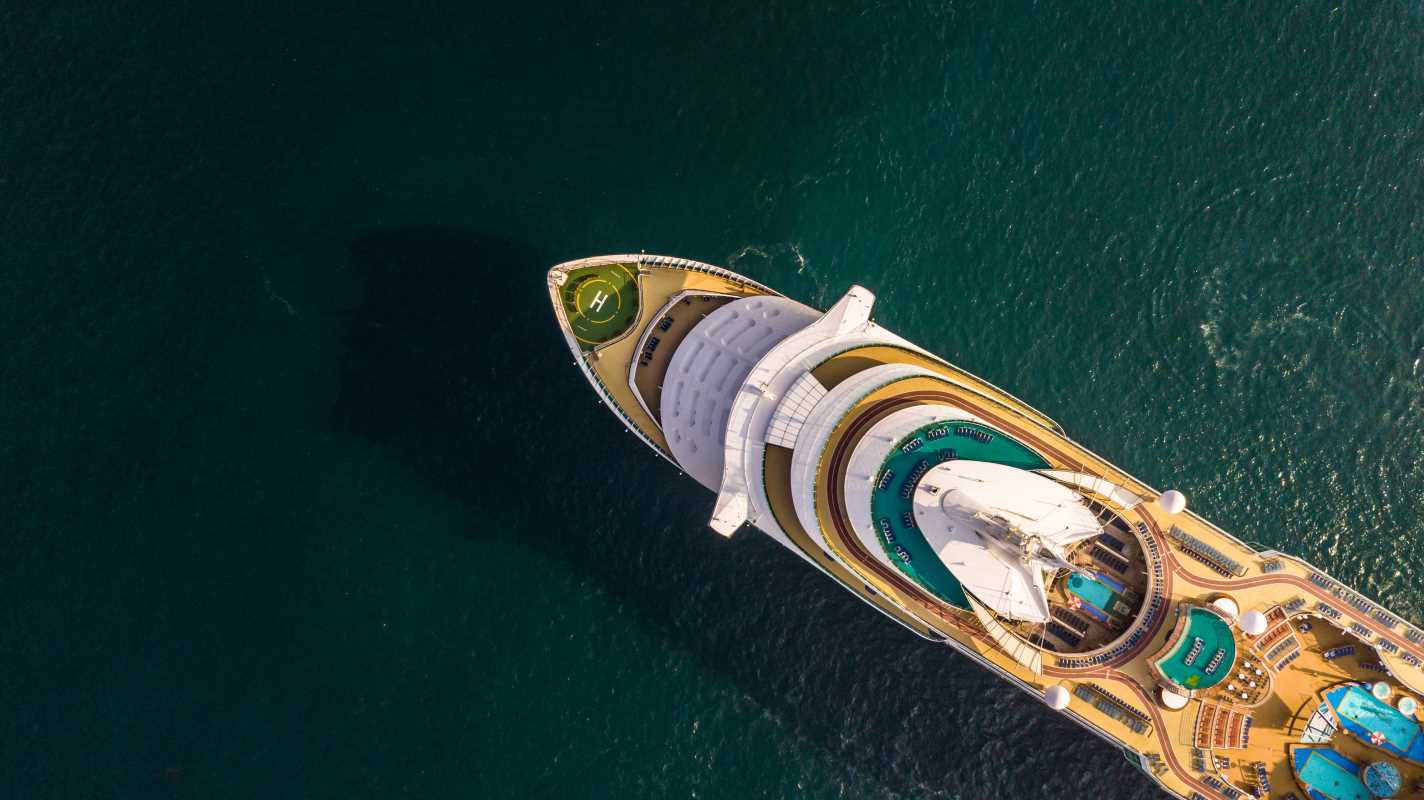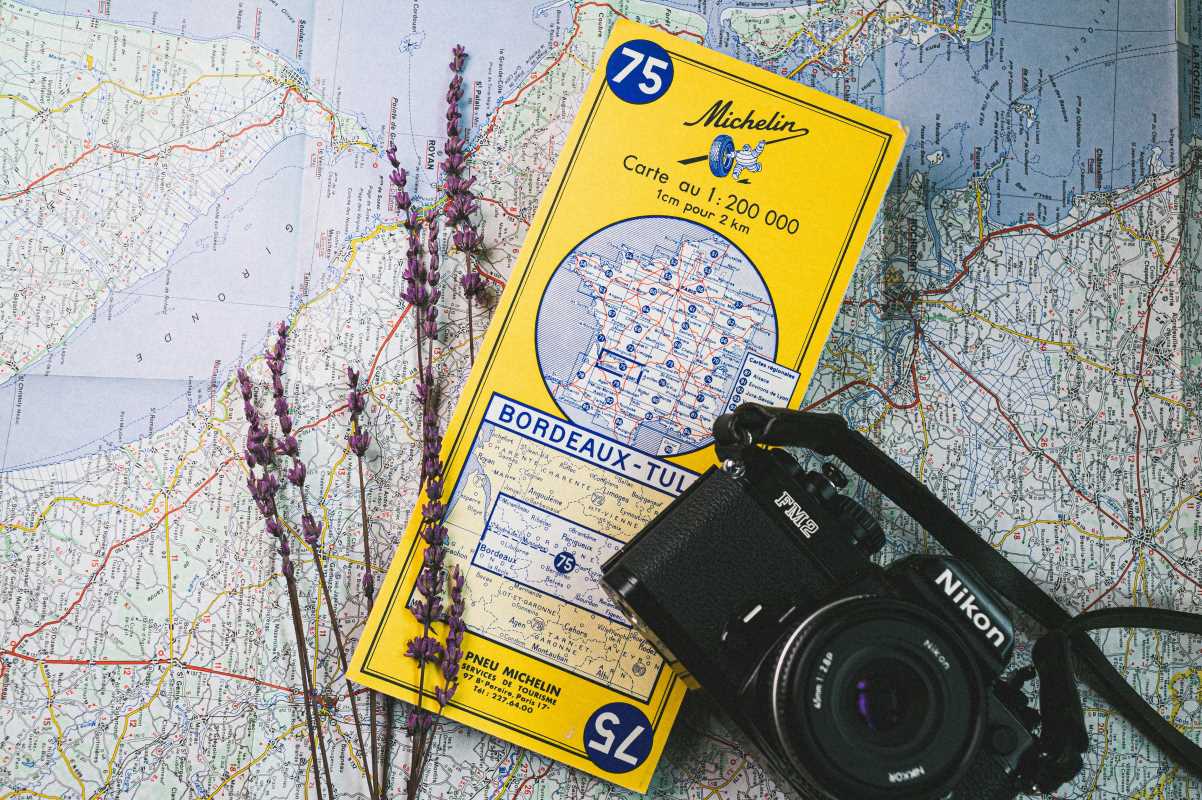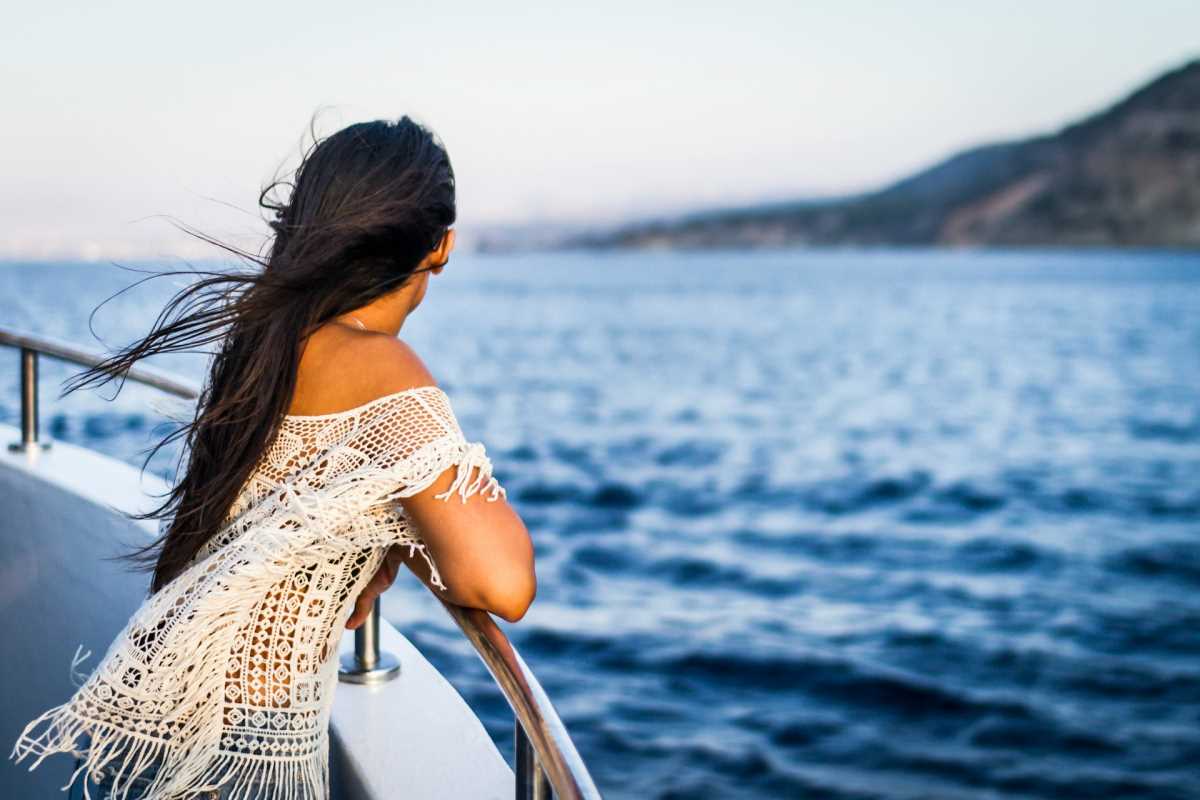Vacationing on the water evokes images of freedom, discovery, and breathtaking landscapes. However, many travelers shy away from the idea of large ocean liners and busy ports. Small-ship cruising offers a whole different experience, one that’s tailored for those who seek unique destinations, personalized service, and intimate excursions. From weaving through Antarctica's icy wonders to uncovering the Galápagos Islands' biodiversity, small-ship cruises deliver a refreshing way to explore the world.
Why Choose Small-Ship Cruises?
Small-ship cruises operate on vessels designed to host fewer passengers, often accommodating fewer than 200 guests. This creates a distinct experience by combining comfort, access to off-the-beaten-path destinations, and a personal touch. Here are some standout benefits of small-ship cruising:
1. Access to Remote Locations
Small ships can go where the big ones can’t. Their size allows them to explore narrow canals, remote coves, or smaller ports that remain off-limit to larger vessels. Imagine venturing into the heart of the Norwegian fjords, where towering cliffs rise dramatically on either side, or sailing right up to secluded beaches in Southeast Asia. These experiences are only achievable on a smaller scale.
2. Immersive and Personalized Services
Forget the hustle and bustle of a massive cruise ship; small-ship cruising fosters intimacy and personalization. With fewer passengers onboard, crew-to-guest ratios are often higher. This means more personalized service, so whether you have dietary preferences or unique travel needs, the staff can make it happen.
Guided excursions on small-ship cruises tend to cater to smaller groups, often offering nature hikes, cultural tours, or close encounters with wildlife led by experts. These personalized moments provide depth and connection that are hard to replicate on a larger vessel.
3. An Intimate Atmosphere
Small ships eliminate the crowds. No competing with hundreds of others for deck space or a table at dinnertime. Instead, you’ll find thoughtfully designed lounges, open dining arrangements, and ample space for everyone to relax. This setting often results in a more social atmosphere where meaningful connections naturally develop among fellow travelers.
4. Sustainability and Eco-Friendliness
Smaller ships generally have a lighter environmental footprint. Many operators focus on eco-friendly practices, such as using more efficient engines or adhering to sustainable tourism guidelines. This is particularly important when visiting sensitive environments like Antarctica, where conservation is critical.
Exclusive Destinations That Shine on Small-Ship Cruises
Small ships are especially suited to uncovering the hidden corners of the world. Here are a few exclusive destinations where this style of cruising truly shines:
The Galápagos Islands
The Galápagos Islands offer a one-of-a-kind opportunity to encounter wildlife up close. Small-ship cruises can anchor at intimate locations where passengers disembark directly onto remote islands. Here, you’ll experience walks alongside giant tortoises, snorkeling with playful sea lions, and observing blue-footed boobies in their natural habitat. These smaller vessels are critical not only because of conservation rules restricting large ships but also because they provide an authentic, up-close experience with pristine environments.
Antarctica
Antarctica isn’t just a destination; it’s an adventure of a lifetime. Small ships equipped with ice-strengthened hulls can traverse this icy frontier, landing adventurers on untouched shores to walk among penguin colonies or take Zodiac boats for iceberg expeditions. Given the strict environmental protections in place in Antarctica, small-ship cruising is often the best (and sometimes only) way to visit.
Norwegian Fjords
The dramatic fjords of Norway are postcard-perfect, with sheer cliffs and misty waterfalls cascading into crystal-clear water. Small ships can sail deeper into these fjords, bypassing larger ports in favor of tranquil, almost ethereal landscapes. Excursions often include kayaking, hiking, or visits to small local villages nestled in the valleys.
Other Gems
It doesn’t stop there. Picture cruising through the islands of French Polynesia, with stops at hidden lagoons, or exploring the less-traveled corners of the Mediterranean, like Croatia’s Dalmatian Coast or the Greek Cyclades. These destinations, with their smaller harbors and secluded treasures, are ideal for small itineraries.
Tips for Travelers Considering Small-Ship Cruises
1. Research the Cruise Line
Each small-ship cruise line has its own focus. Some are higher luxury, while others prioritize adventure or eco-tourism. Understand what’s included, from dining to excursions, and choose a provider that matches your travel goals.
2. Pack Appropriately
Destinations like Antarctica require specialized cold-weather clothing, while island-hopping in the Galápagos calls for swimsuits and sturdy shoes. Be aware of limitations on luggage, as storage space on smaller ships can be constrained.
3. Book Early
With limited passenger capacity, small-ship cruises often sell out quickly, especially popular routes like the Arctic or the Norwegian coast. Booking early allows you to secure the cabin and itinerary that align with your preferences.
4. Consider Your Comfort Level
Smaller vessels feel the motion of waves more than large ships, and accommodations may feel cozier. If you’re prone to seasickness, consider itineraries in calmer waters or pack motion sickness remedies to stay comfortable.
5. Engage with Onboard Experts
Many small-ship cruises bring scientists, naturalists, or local historians onboard to share in-depth knowledge about the destinations. Don’t miss lectures, workshops, or guided excursions led by these experts.







